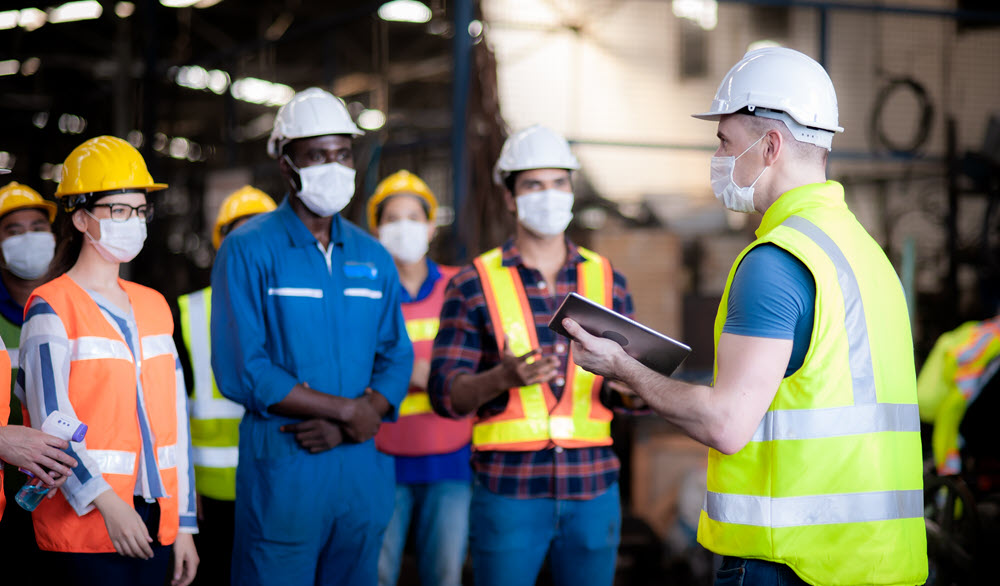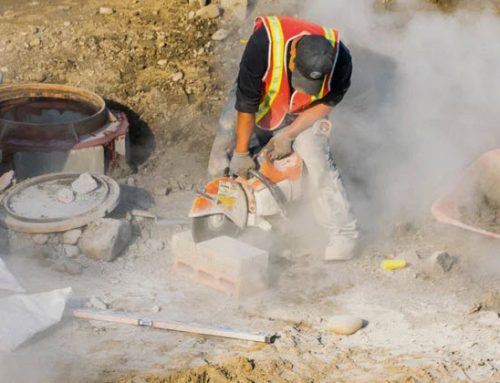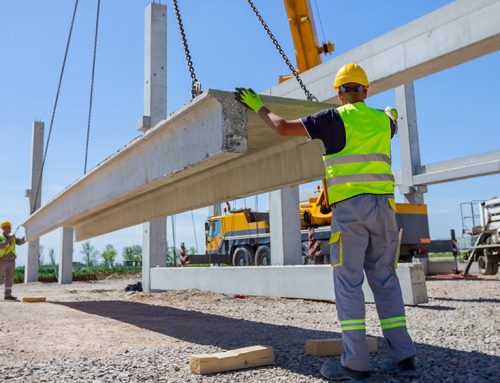Introduction
In many workplaces, safety is a top priority. However, it can be easy for employees to become complacent or forgetful when it comes to safe practices. Daily toolbox talks are a great way to remind workers of important safety topics and keep safety at the top-of their mind. In this article, we’ll explore some free safety topics for daily toolbox talks.
Proper Lifting Techniques
One common cause of workplace injuries is improper lifting. Remind your team of the proper techniques for lifting heavy objects, such as bending at the knees and using the legs to lift rather than the back. Additionally, emphasise the importance of knowing one’s own limits and asking for assistance when necessary.
Fire Safety
Fire safety is another important topic that should be covered regularly. Discuss the location of fire extinguishers and how to use them, as well as the importance of keeping flammable materials away from heat sources. Review emergency evacuation procedures and conduct fire drills periodically to ensure everyone knows what to do in the event of a fire.
Ergonomics
Ergonomics is the study of how people interact with their work environment and it’s an important consideration for maintaining physical health and avoiding injuries. Discuss how to set up workstations in a way that reduces strain on the body, such as adjusting chairs and monitors to the correct height. Encourage employees to take breaks and stretch periodically throughout the day.
Heat Stress
In hot environments, it’s important to be aware of the risks of heat stress. Discuss the symptoms of heat exhaustion and heat stroke, as well as the importance of staying hydrated and taking breaks in cooler areas. Provide cooling measures such as fans, shade and cool drinking water.
Electrical Safety
Electricity is a powerful force that can cause serious injury or death if not handled properly. Remind workers to never touch electrical equipment or outlets with wet hands and to avoid using damaged cords or equipment. Encourage workers to report any electrical hazards they notice to a supervisor.
Hazard Communication
Hazard communication is the practice of informing employees about the potential hazards of the materials they work with. Discuss the importance of reading and following safety data sheets (SDS) and labels. Provide training on how to handle hazardous materials safely.
Personal Protective Equipment (PPE)
Personal protective equipment (PPE) is an essential tool for protecting workers from injury. Review the types of PPE that are required for various tasks, such as safety glasses, hard hats and gloves. Discuss how to properly use and care for PPE to ensure it remains effective.
Slips, Trips, and Falls
Slips, trips, and falls are a common cause of workplace injuries. Discuss ways to prevent slips and trips, such as keeping floors clean and dry, as well as removing obstacles from walkways. Review proper footwear and how it can help prevent falls.
Chemical Safety
Chemicals can be dangerous if not handled properly. Discuss the importance of using adequate personal protective equipment when working with chemicals and provide training on how to safely store, handle and dispose of hazardous materials.
Vehicle Safety
For workers who operate vehicles as part of their job, vehicle safety is an important topic to cover. Discuss the importance of regular maintenance and inspections, as well as safe driving practices such as wearing seat belts and avoiding distractions.
In addition to discussing safety topics during toolbox talks, it’s important to lead by example. Ensure that safety practices are consistently followed by all employees and encourage a culture of safety where everyone looks out for each other’s well-being.
Another way to reinforce safety practices is to provide regular training and refresher courses. This can include hands-on demonstrations of proper techniques and procedures, as well as online training courses and quizzes. By making safety training a regular part of your workplace culture, you can help ensure that safety is always a top priority.
Finally, don’t forget to recognise and reward employees who consistently demonstrate safe practices. This can include verbal praise, certificates of recognition, or even small incentives such as gift cards. By showing that safety is valued and appreciated, you can help create a positive safety culture where everyone feels motivated to do their part in keeping the workplace safe.
Conclusion
In conclusion, above free safety topics for daily toolbox talks are a great way to promote safety awareness and prevent workplace injuries. By regularly discussing topics such as proper lifting techniques, fire safety, ergonomics, heat stress, electrical safety, hazard communication, personal protective equipment, slips, trips, and falls, chemical safety and vehicle safety, you can help create a safer workplace for everyone. Remember, safety is everyone’s responsibility, and by working together and consistently following safe practices, we can all contribute to a culture of safety.
If you are looking for a range of ready to deliver toolbox talks, then you might be interested in our toolbox talk packages. These include a range of toolbox talks at a cost-effective price.






